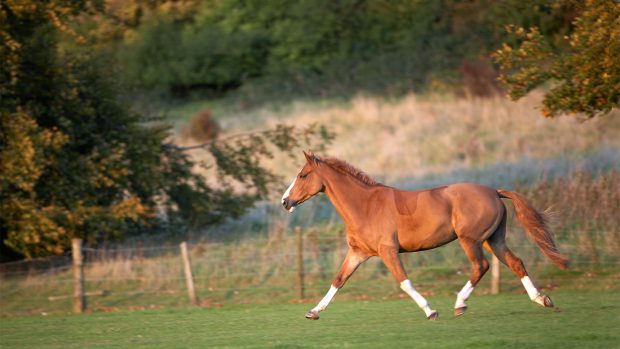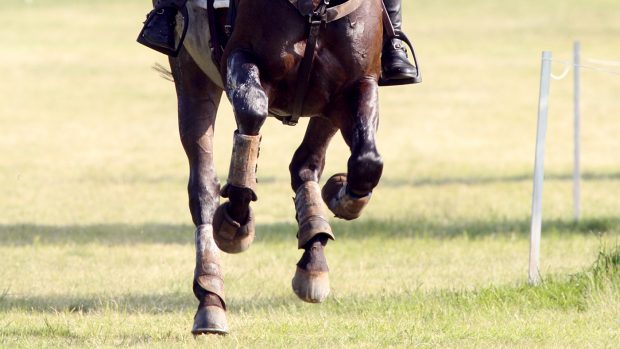In the early stages of either true ringbone or spavin, all that may be detectable is a slight stiffness that wears off with exercise, or a loss of action, where the horse does not move as well, particularly at a trot.
As the damage in the joint progresses, a more obvious and persistent lameness will become apparent. Early diagnosis improves the chance of managing the disease effectively.
Low ringbone is when the lower end of the pastern is affected. When this involves the coffin joint (between the pastern and foot bones) it may appear as obvious swelling around the front of the coronary band.
High ringbone (true ringbone) involves the pastern joint. To diagnose the condition in the early stages, vets may need to inject a local anaesthetic into the joint to see if the pain is there.
Ringbone can occur on any of a horse’s limbs, but is more common in the forelimb because greater weight and stresses are placed there as the horse moves. There are several possible causes:
- Direct blows to the bone, such as brushing or knocking a fence.
- Repeated tiny trauma associated with damage to the tendons and ligaments surrounding the joint, particularly with poor conformation.
- Poor or infrequent shoeing will distort the normal pastern position/conformation and increase the likelihood of ringbone.
- certain types of work, such as that of polo ponies and jumpers, which frequently turn sharply, are more likely to sprain the pastern joints resulting in an increased incidence of ringbone long-term.
- Other injuries, for example if a horse injures one leg, forcing it to put more weight on the opposite leg, there is an increased risk of ringbone developing in the leg which has had to cope with the stress of the extra weight.
Not all ringbone is serious as it depends on how close any bony damage is to the joints of the pastern. If the joint is not directly involved, it is described as non-articular and there may be lameness in the early stages, but this should settle and the horse become sound.
If it is articular (directly involving the joint) it is potentially more serious. Some horses have naturally knobbly pasterns, and what feels like an enormous lump may appear insignificant on an X-ray.
| Click here to subscribe to HORSE magazine, which is packed with horsecare features every month |




